Photo Credit:
Jeremiah Lawrence on Unsplash
Contents:
For Library Resources
Understanding Sensory Challenges - General Understanding
Understanding Sensory Challenges - For Children
Understanding Sensory Challenges - At School
Understanding Sensory Challenges - Adults
Motor Strategies for Children
Motor Strategies for School
For Library Resources
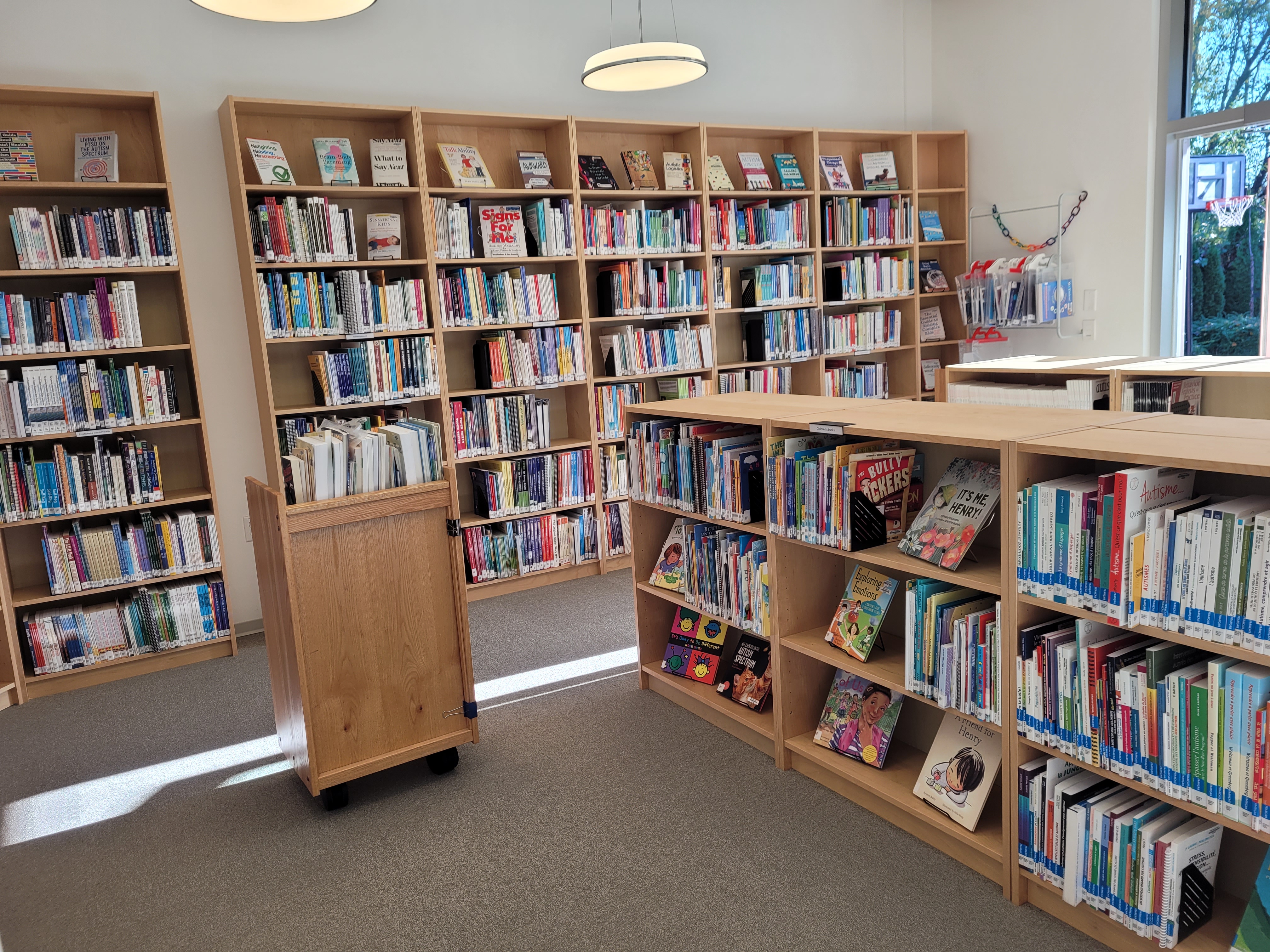
AIDE Canada Library offers a large collection of print and digital (eBook and audiobook) resources. For each of the resources below, we have included links to all available formats.
If you would like to borrow a print copy of one of these books, you can order it through our
free Canada-wide borrow-by-mail service.
eBooks and audiobooks can be borrowed online – just sign into our
overdrive
website or the
Libby
reading app using your AIDE Canada Library username and password. Visit the
Library website
to learn more. Questions? Email us at
library@aidecanada.ca
.
Back to Top
Understanding Sensory Challenges - General Understanding

This workshop provides information about our current scientific understanding of the brain and the issues that can contribute to sensory processing differences. Presentes explain the science, and viewers learn a variety of evidence-based strategies for families to try at home. This workshop aims to help improve sensory reactions and empower autistic individuals to manage their sensory experiences. This resource was developed in partnership with the Pacific Autsim Family Network.

This toolkit is designed to provide autistic persons and their families with an introduction to the 8 sensory systems, questions to help determine the individual’s most impacted sensory systems, and to give an overview of strategies to try at home. Additional resources, including an overview of professional treatment options, are provided along with recommended reading and websites.
Understanding Sensory Challenges - For Children

As part of a six-module course for individuals working with, or considering working with, young children with exceptionalities in rural, remote and Northern communities, this Module will assist learners to:
- Have an understanding of the concepts of sensory processing differences and self-regulation.
- Have an understanding of the influence the environment can have on children and their behavior.
- Be able to explain and demonstrate a variety of techniques to support children in self-regulating.

This toolkit is designed to help families understand why children and youth on the autism spectrum experience feeding difficulties and provide effective strategies that can be implemented at home.

Summary:
In this fully revised third edition, Corinna Laurie sets out practical strategies to help autistic children develop their sensory and motor skills. Learn to identify challenges, recognize signs of overload and work in a co-productive way with your student or child, developing sensory regulation strategies and improving motor skills to aid well-being. The simple, low-cost activities provide practical solutions to help children meet the demands of any situation, building skills from handwriting and using scissors to improving posture, co-ordination, and motor planning. Sensory strategies include calming techniques and simple environmental modifications to prevent overwhelm, among many others. Helping to improve functional abilities and enable children to thrive and build independence, this is an essential resource for anyone working with children on the autism spectrum.
Borrow eBook
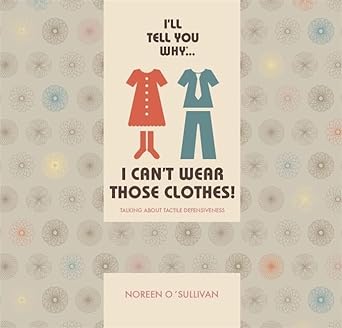
Summary:
Do you know a child who hates the feeling of certain items of clothing? This is a child's perspective on a largely unrecognized condition called tactile defensiveness, a physical condition that causes hypersensitivity to certain touch sensations. Intended for adults and children to read together, the illustrated book explains reasons a child may become emotionally overwhelmed by daily routines such as putting on clothing, socks and shoes. The workbook format allows children to express and explore their own feelings through drawings or words to explain their misunderstood behavior. A perfect book for children, families, teachers, therapists and other professionals dealing with tactile defensiveness suitable to be read with children aged 4 and above.
Borrow eBook
Borrow by mail or pick up in person at AIDE Canada Library
Understanding Sensory Challenges - At School
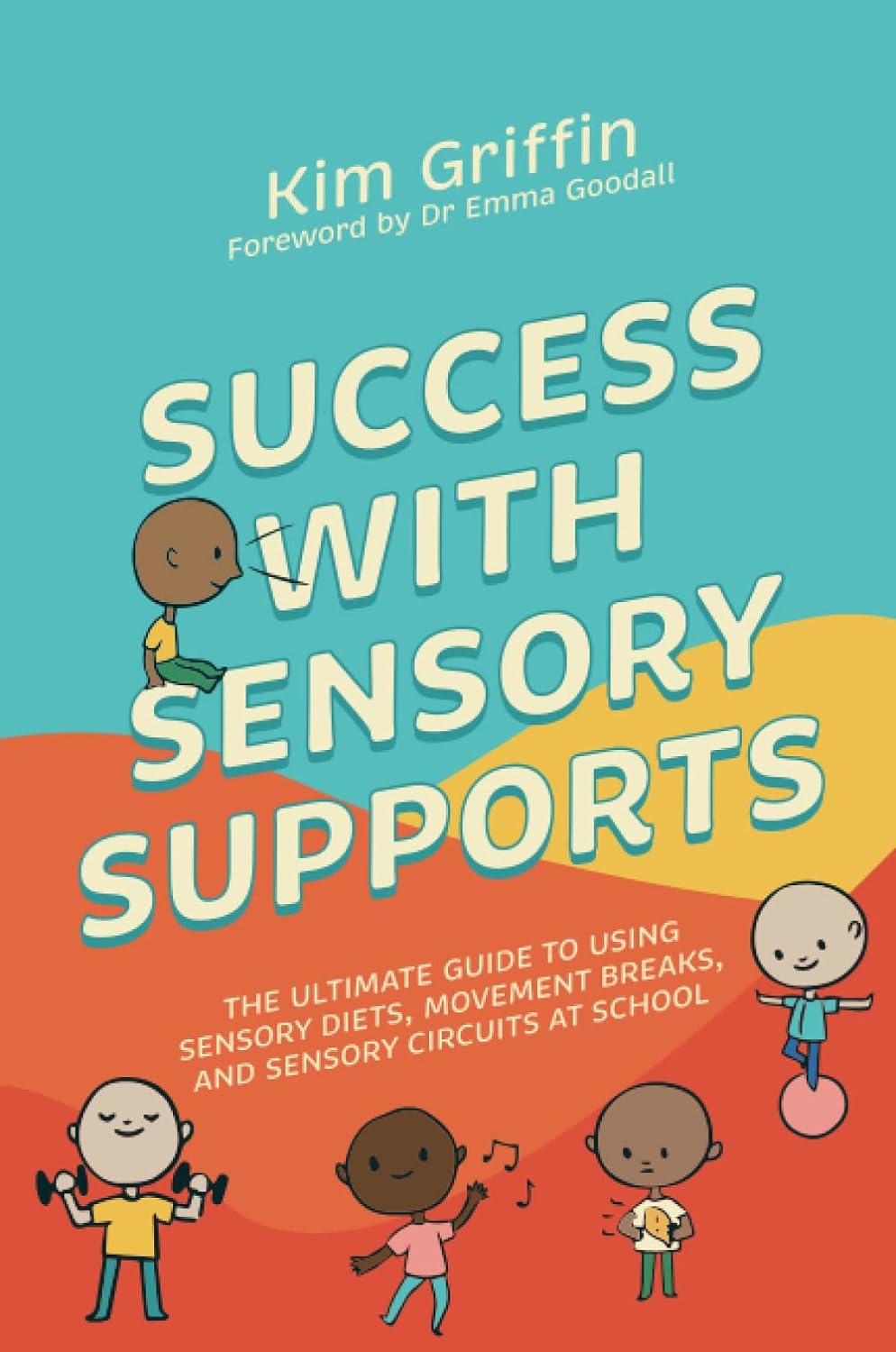
Summary:
Sensory needs are being recognized as a vital part of learning, development and engagement within the classroom and are being used more often to make education both accessible and fun. To harness the full potential of sensory supports, using these strategies correctly is key! This is the essential guide to using sensory strategies successfully with school children, from occupational therapist, Kim Griffin, who has 20 years of experience supporting sensory needs. As you make your way through the book, you will be joined by Isla and Noah, two children whose stories will help illustrate how information in the book can be used practically. In addition, the book includes personal anecdotes from Kim, links to further reading, reflective questions and teacher perspectives to show how a teacher might use the information in the classroom. These features will help you easily identify sensory needs and use sensory tools effectively.
Borrow by mail or pick up in person at AIDE Canada Library
Understanding Sensory Challenges - Adults

In this video, Andrew explains his structured methods for developing sensory tolerance, effectively communicating individual sensory needs, and shares valuable coping strategies designed for a range of settings where unexpected sensory stimuli may arise.
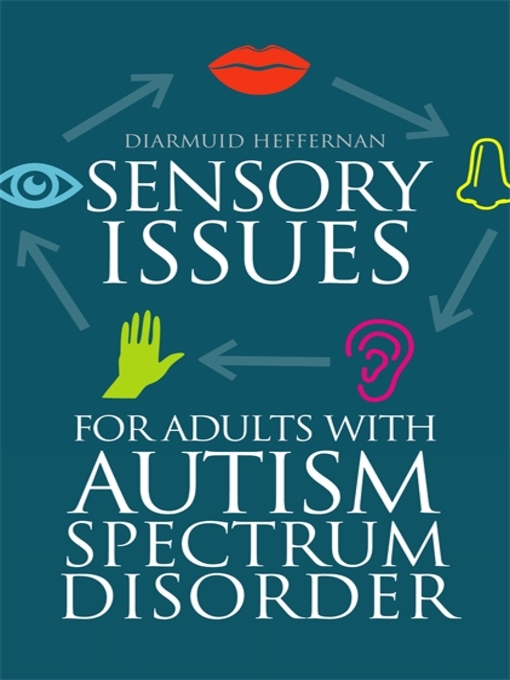
Summary:
Understanding sensory issues can be the key to overcoming them. Using this practical guide, individuals with Autism Spectrum Disorders (ASDs) can begin to understand their sensory difficulties and learn how to create a tailored plan for overcoming specific everyday challenges. Learn how the senses work and how sensory systems can function differently for people with ASD, leading to sensory perceptual issues. What are the difficulties that can arise at work, college, home, or in public or cyber spaces? Practical strategies and creating a unique 'sensory plan', based on frequently encountered environments and situations, will help any adult with ASD to overcome these sensory difficulties.
Borrow eBook
Borrow by mail or pick up in person at AIDE Canada Library
Motor Strategies for Children

Summary:
As an occupational therapist with a specialty in sensory integration, Allie Ticktin has seen an increase in cases of children who struggle to sit in circle time or at their desk upright and who are delayed in walking, talking, and playing by themselves and with their peers. In the recent past, kids spent their days playing outside and naturally engaging their sensory system and building key developmental skills. But with increasing time pressures for both kids and parents, children are spending more time in front of screens and less time exploring and interacting with their environment.
The good news is that boosting your child’s sensory development doesn’t take enormous amounts of time or supplies, or any special skills. Here, Ticktin discusses the eight sensory systems and how a child uses them, and offers easy, fun activities—as well as advice on setting up a play area—that will encourage their development so that your little one will be better able to respond to their emotions, build friendships, communicate their needs, and thrive in school.
Borrow eBook
Borrow Audiobook
Borrow by mail or pick up in person at AIDE Canada Library
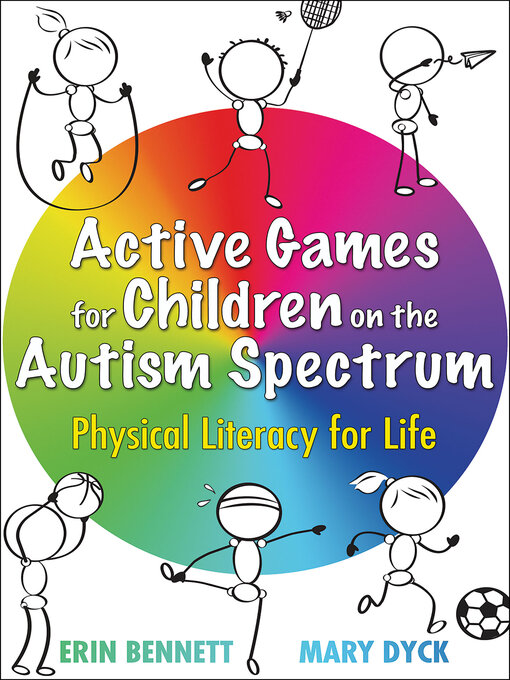
Summary:
A resource to develop courage, competence, and confidence for teaching children on the autism spectrum. This book is principle based with templates for ease of teaching. Teachers, educational assistants, parents, caregivers, and respite workers will benefit from ideas for teaching children fundamental movement skills, game sense, and the enjoyment of being physically active for life.
Borrow eBook
Borrow by mail or pick up in person at AIDE Canada Library

Summary:
Through engaging text and full-colour photographs, this book shows how people with dyspraxia see and experience the world and highlights the unique characteristics that make them special. A perfect introduction to dyspraxia for those recently diagnosed with the condition, as well as their families, friends, and the people who work with them.
Borrow eBook
Borrow by mail or pick up in person at AIDE Canada Library
Motor Strategies for School

Summary:
Children who struggle with processing sensory input can experience a wide range of symptoms, including hypersensitivity to sound, sight and touch, poor fine motor skills and easy distractibility. Using this accessible, science-based guide, school staff can support these students by understanding their symptoms and how they impact their learning.
Borrow eBook
Borrow by mail or pick up in person at AIDE Canada Library


